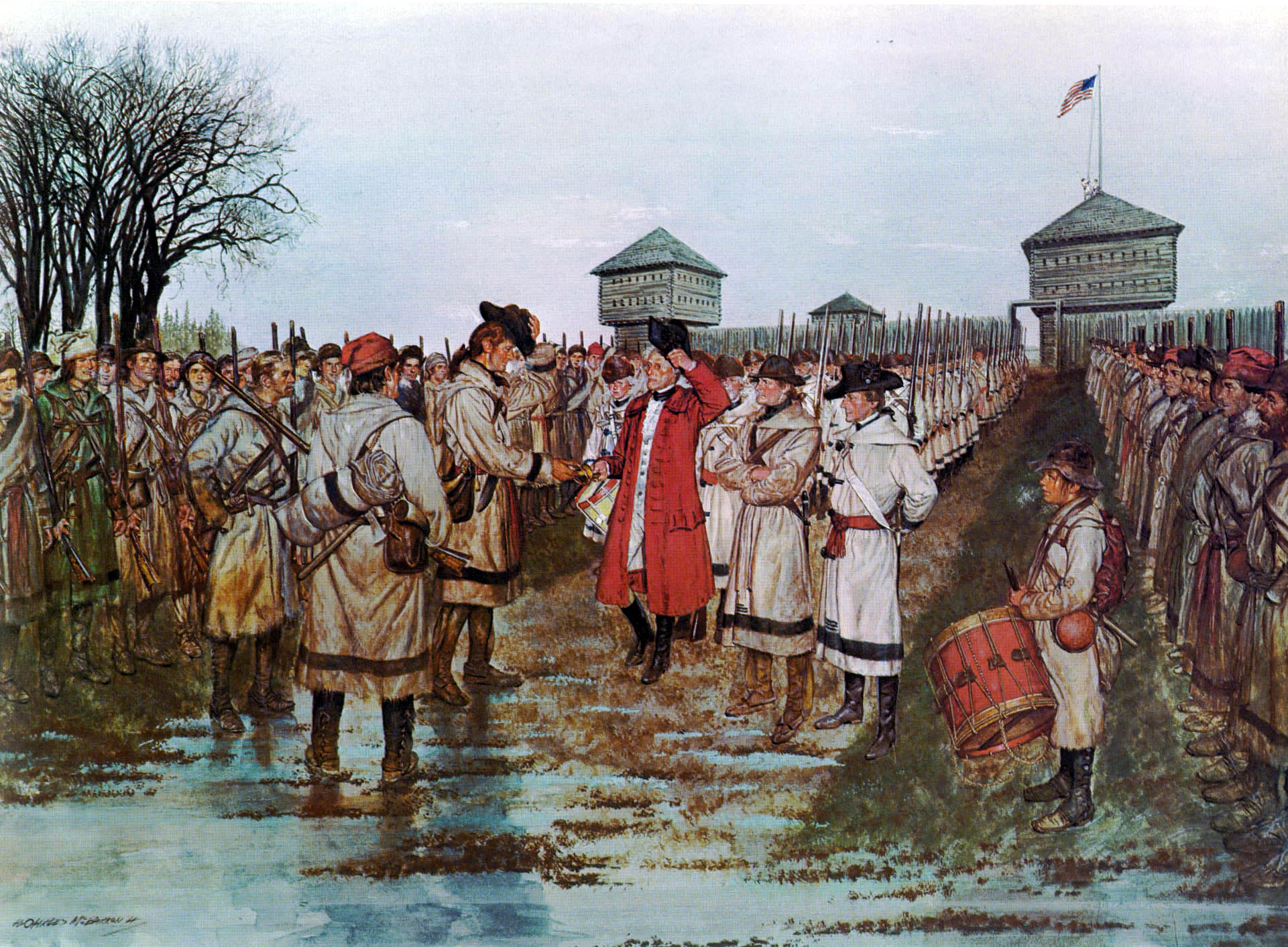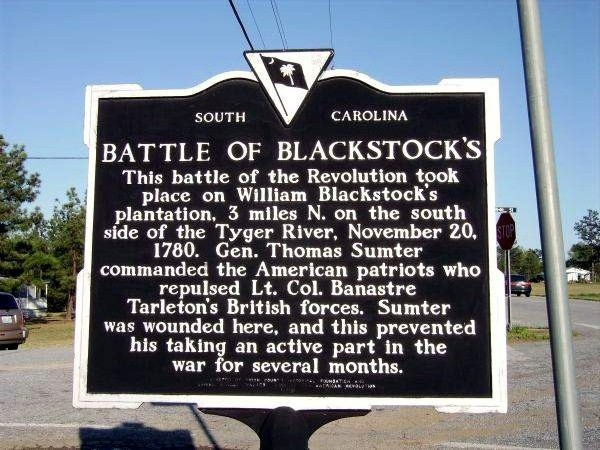It’s the time of year when Americans are musing over favorite recipes for Thanksgiving meals. Everyone has a favorite dish and there are countless family traditions, but the undisputed king of the holiday table is the turkey. This tasty fowl is also a cook’s challenge, because whole turkeys are seldom served in the home at any other time – few have the opportunity to practice preparing the most crucial component of the feast. Fortunately we have the guidance of thousands of cookbooks, on-line recipes, friendly advice and even telephone hotlines to improve the odds of a palatable result.
If you lived in revolutionary-era America, and were suddenly tasked with preparing a Thanksgiving meal that met today’s preconceptions, you’d have nowhere to turn but the advice of others or to one of several cookbooks published during the century. The first cookbook written in America didn’t come out until 1796,[1] but several British cookbooks were readily available; although turkeys were native to America, they had long since become common fare in Great Britain and cookbooks included many ways to prepare them. Below is the roast turkey recipe from one the most popular cookbooks of the era. If you had a well-equipped kitchen and all the necessary ingredients, do you think you could follow these directions and leave your guests sated and free of gastric disorders? With the extended family on the way to your 1770s home for dinner, at least you wouldn’t have to worry about how to thaw the bird properly.
To roast a Turky.[2]
The best way to roast a turky is to loosen the skin on the breast of the turky, and fill it with force-meat, made thus: take a quarter of a pound of beef-suet, as many crumbs of bread, a little lemon peel, an anchovy, some nutmeg, pepper, parsley, and a little thyme. Chop and beat them all together, mix them with the yolk of an egg, and stuff up the breast; when you have no suet, butter will do: or you may make your force-meat thus: spread bread and butter thin, and grate some nutmeg over it; when you have enough roll it up, and stuff the breast of the turky; then roast it of a fine brown, but be sure to pin some white paper on the breast till it is near enough. You must have good gravy in the dish, and bread-sauce, made thus: take a good piece of crumb, put it into a pint of water, with a blade or two of mace, two or three cloves, and some whole pepper. Boil it up five or six times, then with a spoon take out the spice you had before put in, and then you must pour off the water, (you may boil an onion in it, if you please); then beat up the bread with a good piece of butter and a little salt. Or onion-sauce made thus: take some onions, peel them and cut them into thin slices, and boil them half an hour in milk and water; then drain the water from, and beat them up with a good piece of butter; shake a little flour in, and stir it all together with a little cream, if you have it, (or milk will do); put the sauce into boats, and garnish with lemon.
That sounds tasty, but there’s a noticeable lack of cooking instructions. Those are found elsewhere in the book – spread across three separate places, in fact. First we have:
Of Roasting, Boiling, &c.[3]
The Cook to order her Fire according to what she is to dress; if any Thing very little or thin, then a pretty little brisk Fire, that it may be done quick and nice: If a very large Joint, then be sure a good Fire be laid to cake. Let it be clear at the Bottom; and when you Meat is Half done, move the Dripping-pan and Spit a little from the Fire, and stir up a good brisk Fire; for according to the Goodness of your Fire, your Meat will be done sooner or later.
That’s similar to saying that cooking times may vary depending on the oven. On to more details specific to this particular roasting project:
To Roast Geese, Turkies, &c.[4]
When you roast a Goose, Turky, or Fowls of any Sort, take care to singe them with a Piece of white Paper, and baste them with a Piece of Butter, drudge them with a little Flour, and when the Smoak begins to draw to the Fire, and they look plump, baste them again, and drudge them with a little Flour, and take them up.
Still a little vague, but a few pages later the important detail of cooking time is addressed:
A Turky.[5]
A Middling Turky will take an Hour; a very large one, and Hour and a Quarter; a small one, three Quarters of an Hour. You must paper the Breast till it is near done enough, then take the Paper off and froth it up. Your fire must be very good.
If you were successful in making a “good Fire,” your bird will be ready for the table in no more than an hour and fifteen minutes. The final task, once it’s on the table, is to carve it; some editions of our cookbook address that important subject:
To cut up a Turkey.[6]
Raise the leg, open the joint, but be sure not to take off the leg; lace down both sides of the breast, and open the pinion of the breast, but do not take it off; raise the merry-thought between the breast-bone and the top; raise the brawn, and turn it outward on both sides, but be careful not to cut if off, nor break it; divide the wing-pinions from the joint next to the body, and stick each pinion where the brawn was turned out; cut off the sharp end of the pinion, and the middle piece will fit the place exactly.
[1] The first known cookbook published in America that was written by an American is Amelia Simmons, American Cooke, or the Art of Dressing Viands, Fish, Poultry and Vegetables, and the best modes of making Pastes, Puffs, Pies, Tarts, Puddings, Custards and Preserves, and all kinds of Cakes, from the Imperial Plumb to the Plain Cake (Hartford, CT: Hudson & Goodwin, 1796).
[2] Hannah Glasse, The Art of Cookery, made Plain and Easy (London: printed for the author, 1747), 14. There were at least 16 subsequent British editions through 1803. This first edition uses the spelling “turky”; later editions used “turkey.” Some other alternative sauces are described but not included here.








One thought on “Your Meat: Done Sooner or Later”
First you go the local supermarket, no, first hunt down a turkey, if no luck, there is always fish, squirrel, etc. lol. Enjoy Turkey Day!